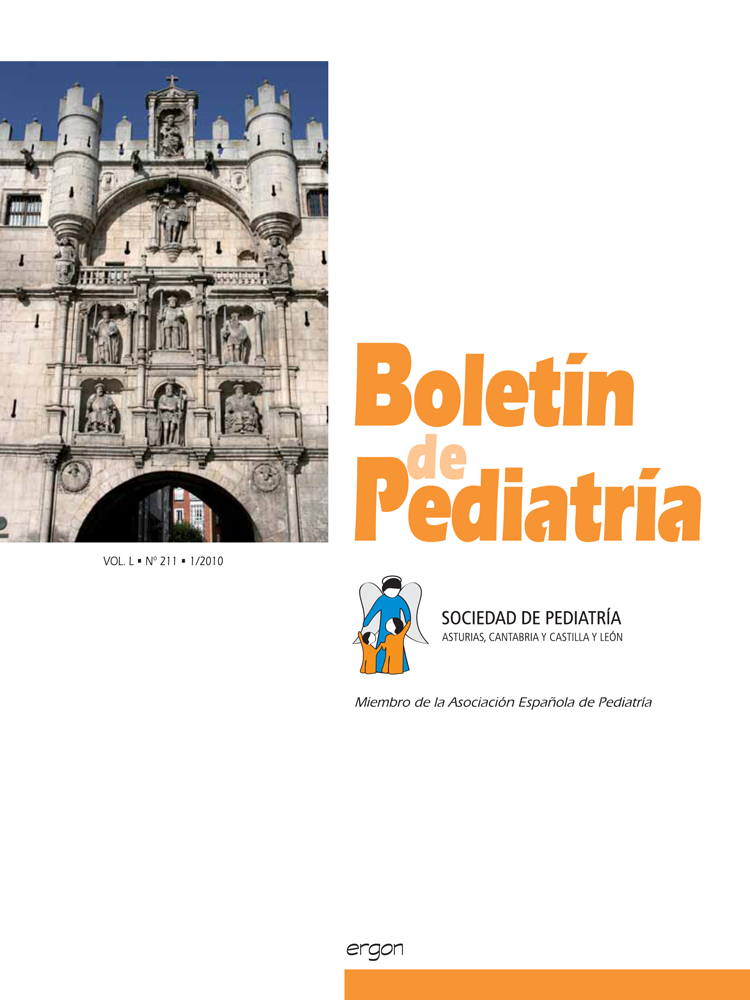Abstract
Introduction: Subcutaneous fat necrosis of the newborn is an uncommon panniculitis, with carachteristical skin lesions; prognosis is considered good. Several complications have been reported, being hypercalcaemia the most frequent and severe.
Case: Female newborn had a history of meconium aspiration syndrome, acidosis, hypoglicemia and thrombocytopenia, thus she was treated with mechanical ventilation and antibiotics in a Neonatal Unit. Violaceus subcutaneous nodules in back and buttocks appeared at day 4. Diagnosis of subcutaneous fat necrosis was made by dermatologists based on clinical and histological findings obtained by skin biopsy; cutaneous lesions disappeared after several months. The patient had moderate symptomatic hypercalcaemia, presenting irritability, feeding problems and failure to thrive, and she received treatment with intravenous fluids and short-term oral steroids therapy. Serum calcium was normal by 12 months-old with no evidence of tissue calcifications.
Conclusions: Patients with subcutaneous fat necrosis must be under surveillance on first months of life in order to early detection of metabolic complications such hypercalcaemia.

This work is licensed under a Creative Commons Attribution-NonCommercial 4.0 International License.
Copyright (c) 2010 Boletín de Pediatría
